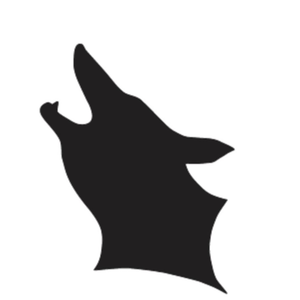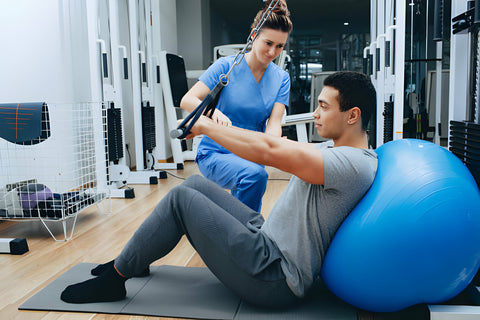
Get Ready to Jump Higher and Run Faster: How Strong Calf Muscles Can Improve Your Athletic Performance
Strong calf muscles are essential for supporting your body weight, facilitating movement, and maintaining proper balance. The calves consist of two main muscles, the gastrocnemius and the soleus, that are responsible for flexing the foot and ankle. While many people tend to focus on larger muscle groups such as the quadriceps and hamstrings, neglecting your calf muscles can lead to a variety of problems. This article will explore the importance of strong calf muscles and the benefits they provide.
Calf muscles play a crucial role in maintaining proper body mechanics and preventing injury. The calf muscles are responsible for supporting the body's weight and facilitating movement, including walking, running, and jumping. The gastrocnemius muscle, which is the larger of the two calf muscles, is especially important for plantar flexion, or pushing off the ground, during activities such as running and jumping. The soleus muscle, on the other hand, is responsible for maintaining posture and balance during standing and walking.
In addition to supporting movement and balance, strong calf muscles can also help prevent injuries. Weak calf muscles can lead to poor body mechanics, which can increase the risk of injury to the knees, hips, and lower back. In fact, studies have shown that individuals with weak calf muscles are more likely to experience knee pain and are at greater risk for developing knee osteoarthritis (1).
Importance of Strong Calf Muscles: Strong calf muscles offer numerous benefits beyond improved movement and injury prevention. One of the primary benefits is increased athletic performance. Strong calf muscles are essential for activities that require explosive power, such as jumping, sprinting, and changing direction quickly. Research has shown that individuals with stronger calf muscles are able to jump higher and run faster than those with weaker calf muscles (2).
In addition to improving athletic performance, strong calf muscles can also improve overall health and well-being. Studies have shown that individuals with stronger calf muscles have better balance, which can reduce the risk of falls and related injuries, particularly in older adults (3). Strong calf muscles can also improve blood flow and reduce the risk of varicose veins, which are swollen, twisted veins that often appear in the legs (4).
Conclusion: Strong calf muscles are essential for supporting movement, maintaining proper body mechanics, and preventing injury. Neglecting your calf muscles can lead to a variety of problems, including knee pain and poor balance. However, strong calf muscles offer numerous benefits beyond improved movement and injury prevention, including increased athletic performance and improved overall health and well-being. By incorporating calf-strengthening exercises into your fitness routine, you can improve your calf strength and reap the many benefits it provides.
References:
- Paterson KL, Hinman RS, Wrigley TV, Metcalf BR, Bennell KL. Calf muscle strength is associated with foot pressure distribution in people with knee osteoarthritis. BMC Musculoskelet Disord. 2013;14(1):115. doi:10.1186/1471-2474-14-115
- Aragón-Vargas LF. Evaluation of four vertical jump tests: Methodology, reliability, validity, and accuracy. Meas Phys Educ Exerc Sci. 2000;4(4):215-228. doi:10.1207/S15327841MPEE0404_2
- Han JH, Kim TH, Lee SJ, et al. Relationship between Calf Muscle Strength and Balance in Elderly Adults. Ann Rehabil Med. 2018;42(6):871-877. doi:10.5535/arm.2018.42.6.871
- Hirsch T, Von Ammon Cavanaugh S, Drury D
About the Author

Wolph UK
We bring you informative sports & travel tips, to help you stay active and achieve your lifestyle goals.



